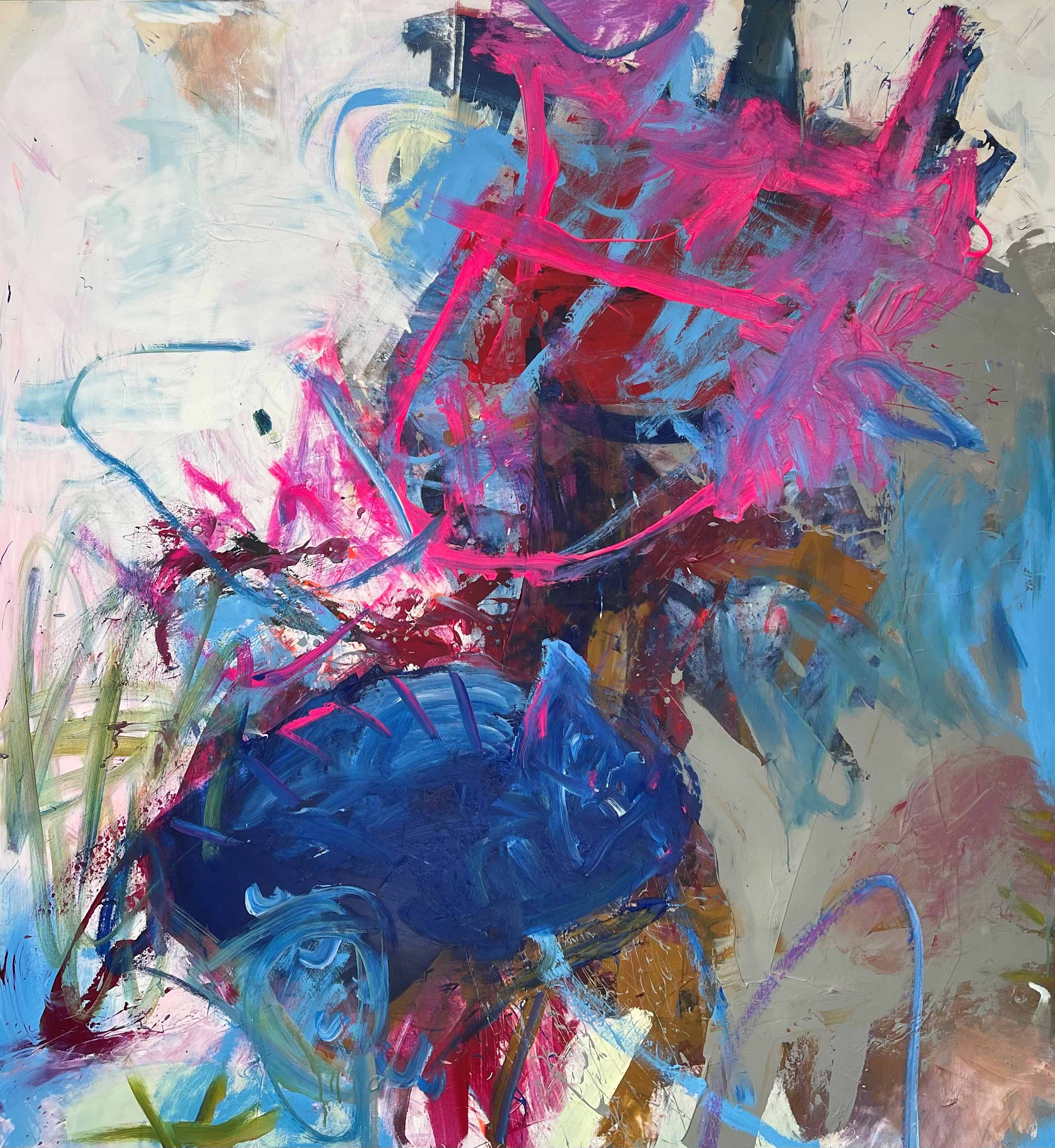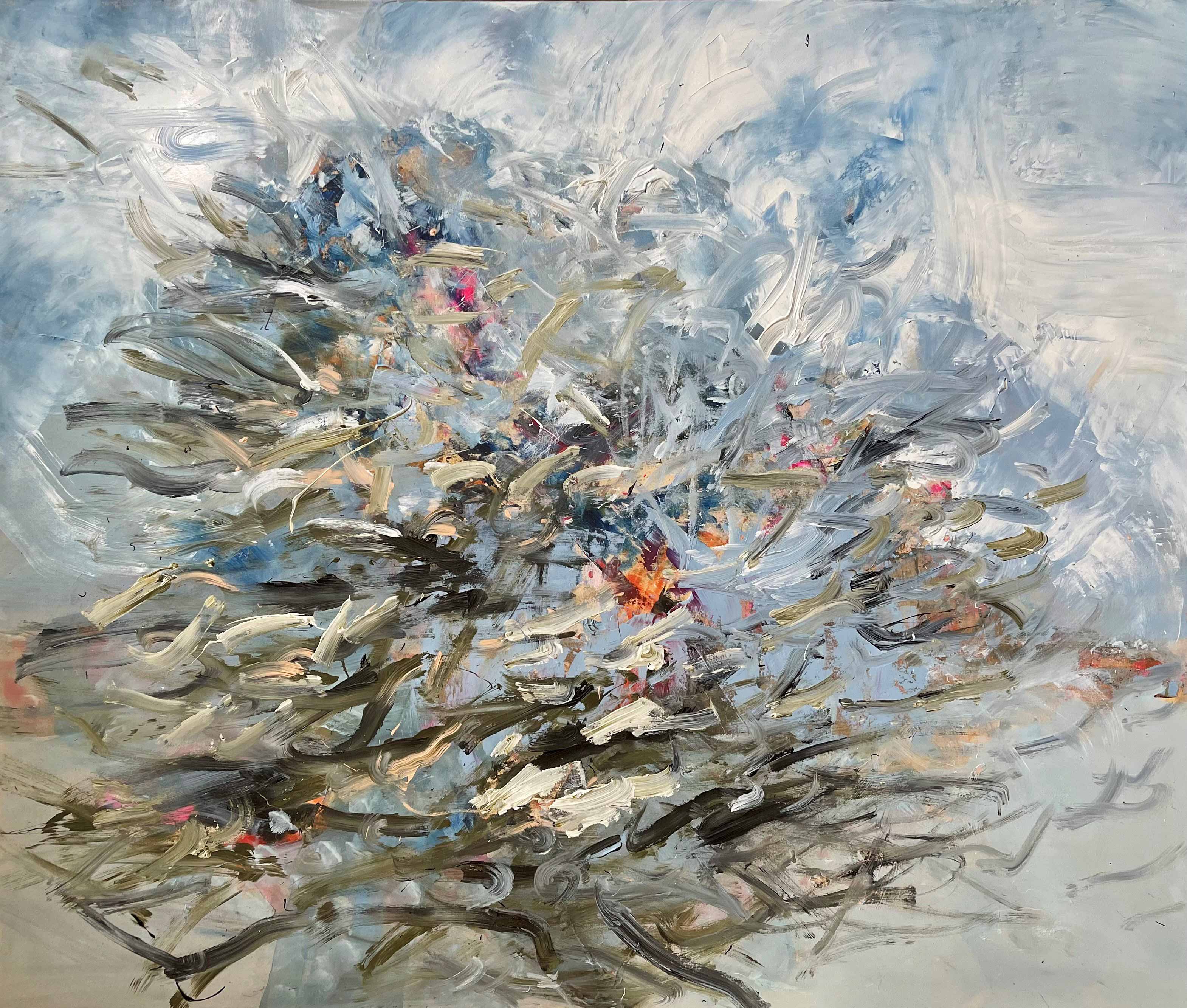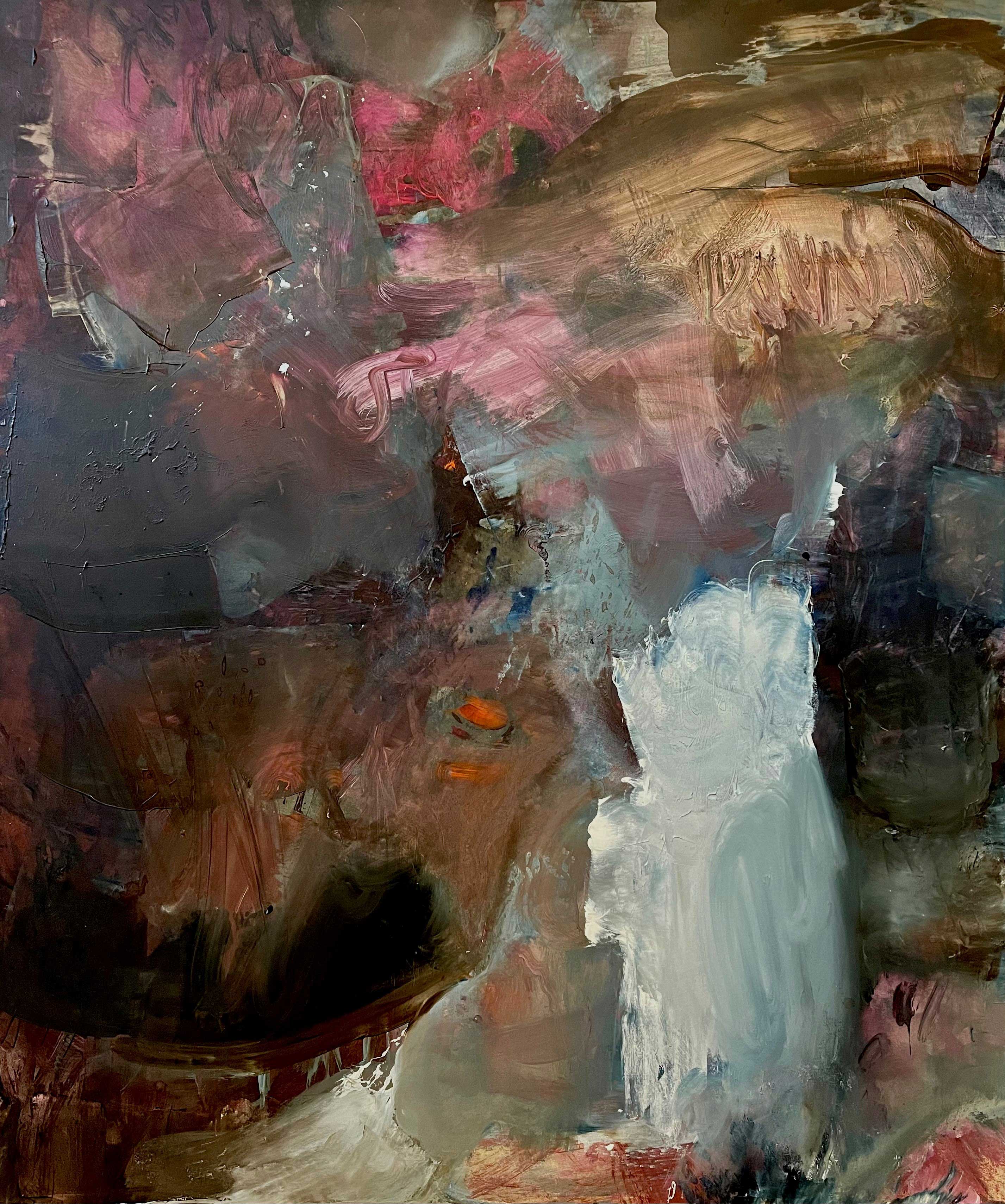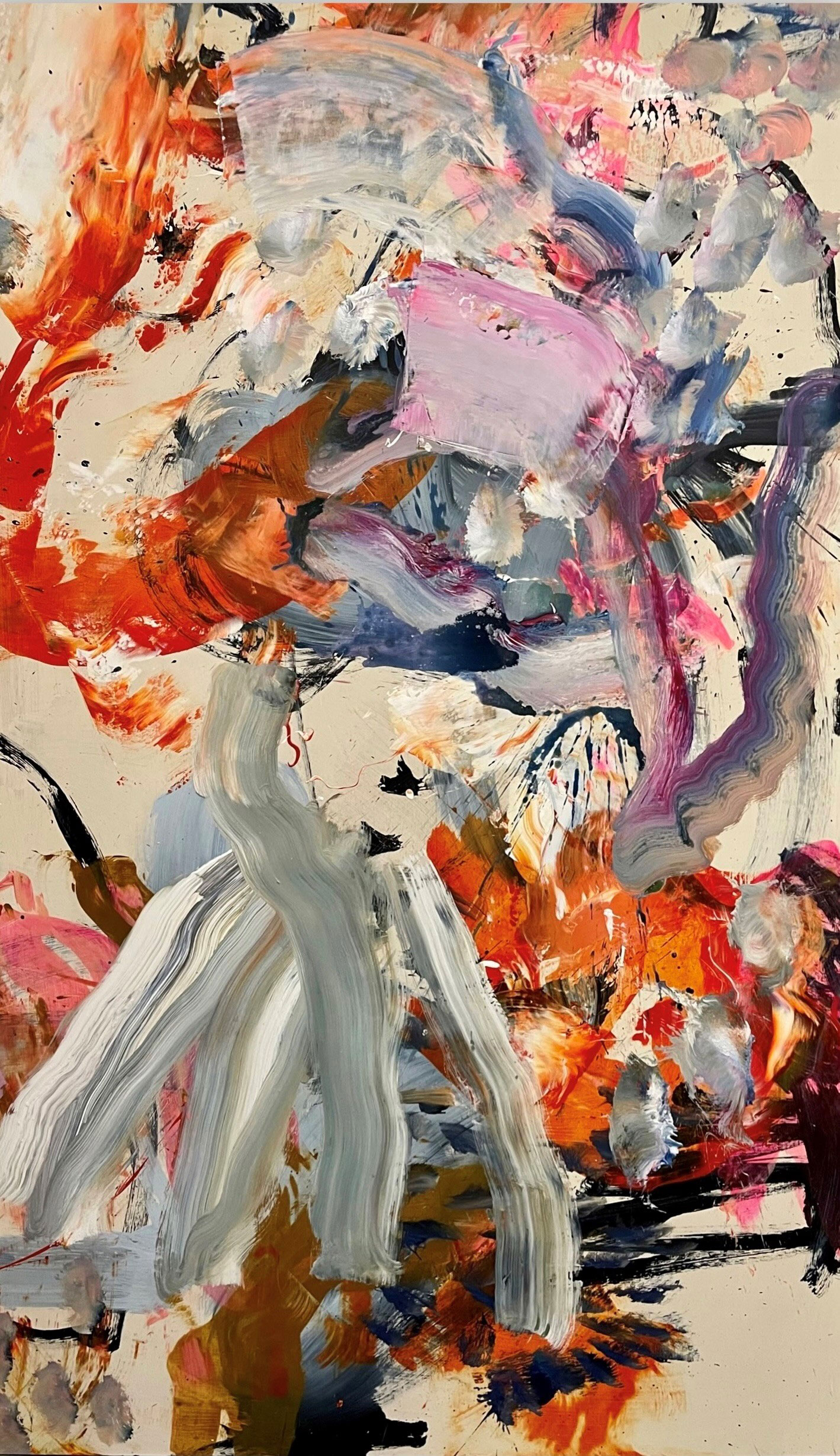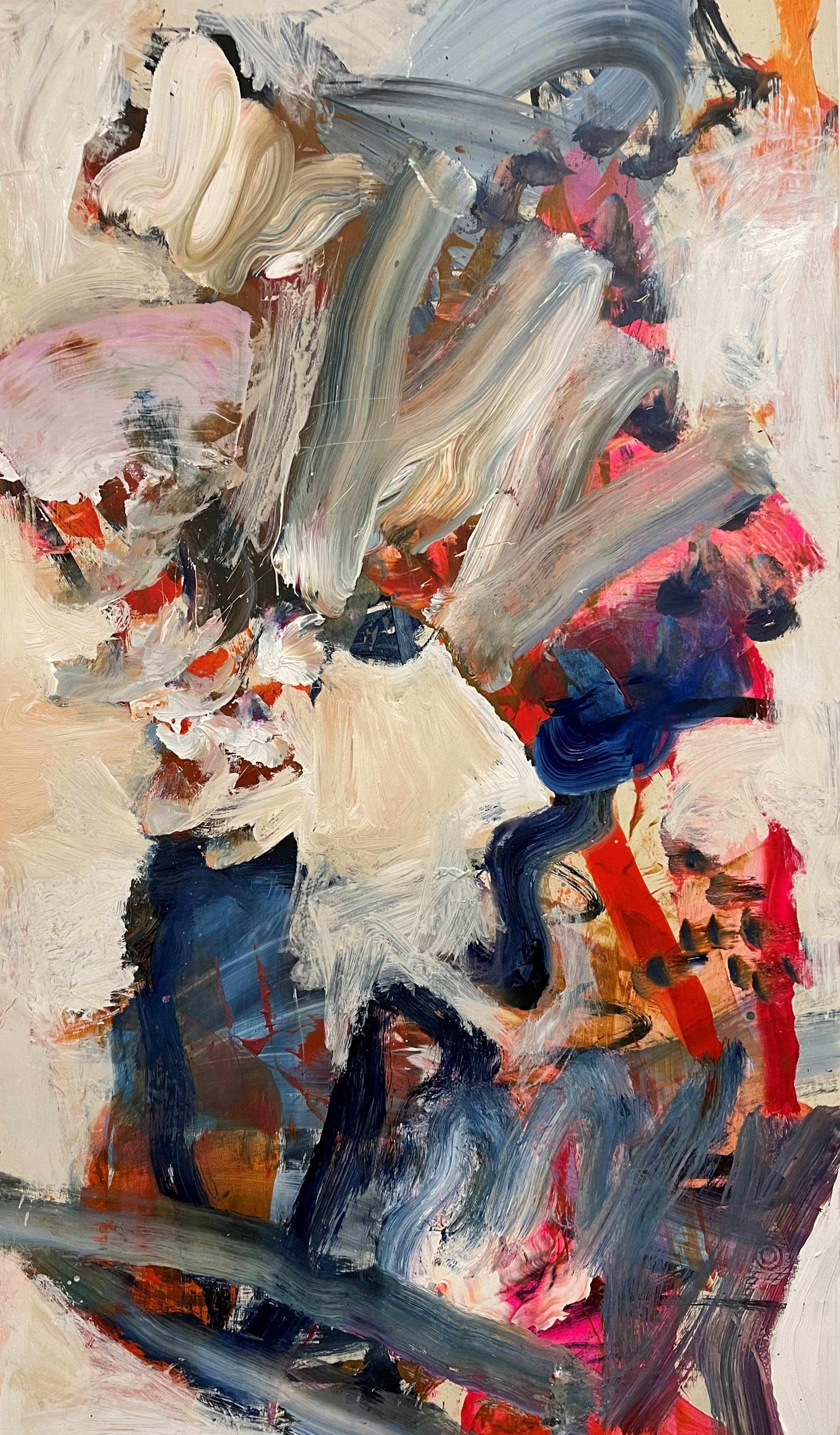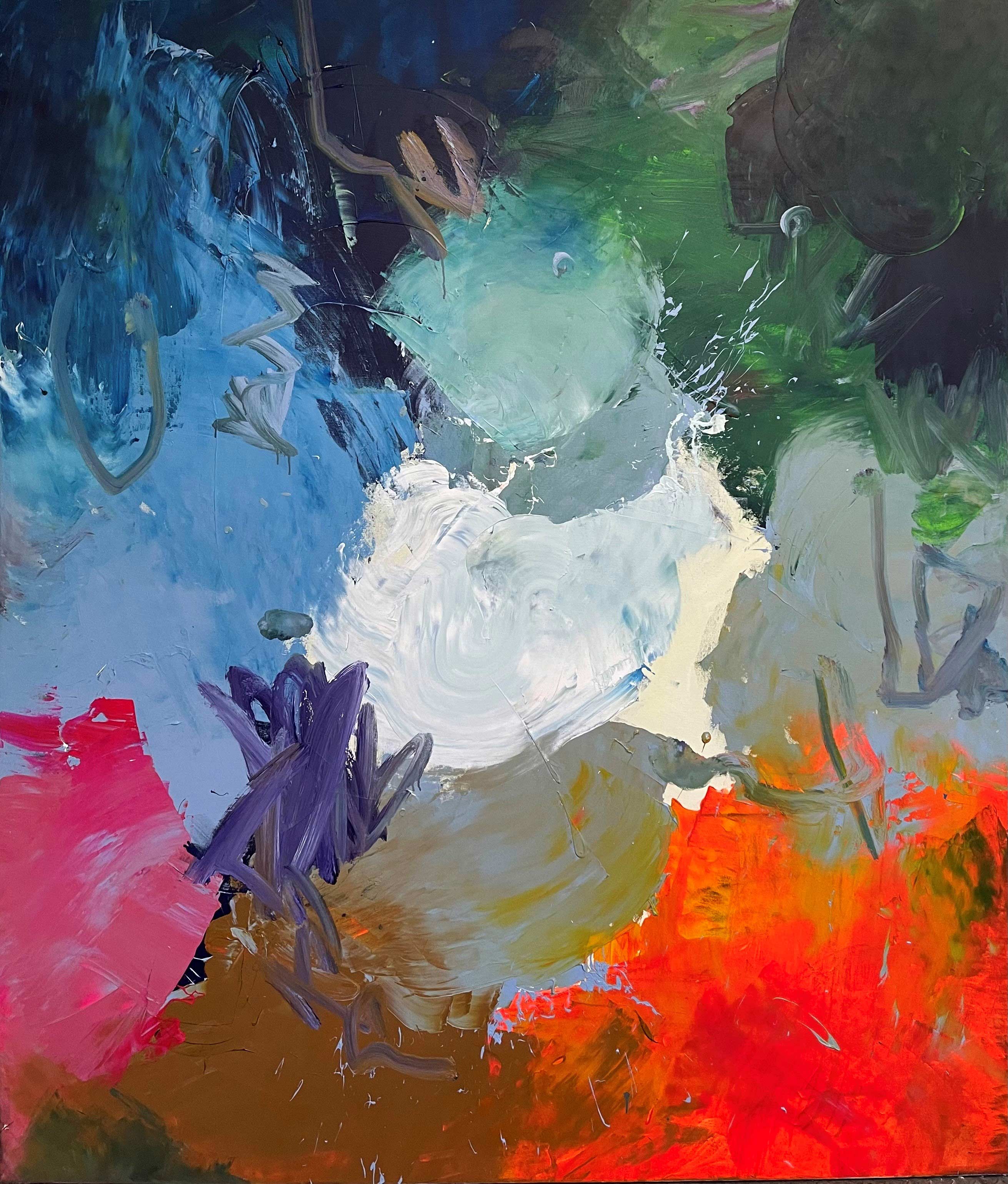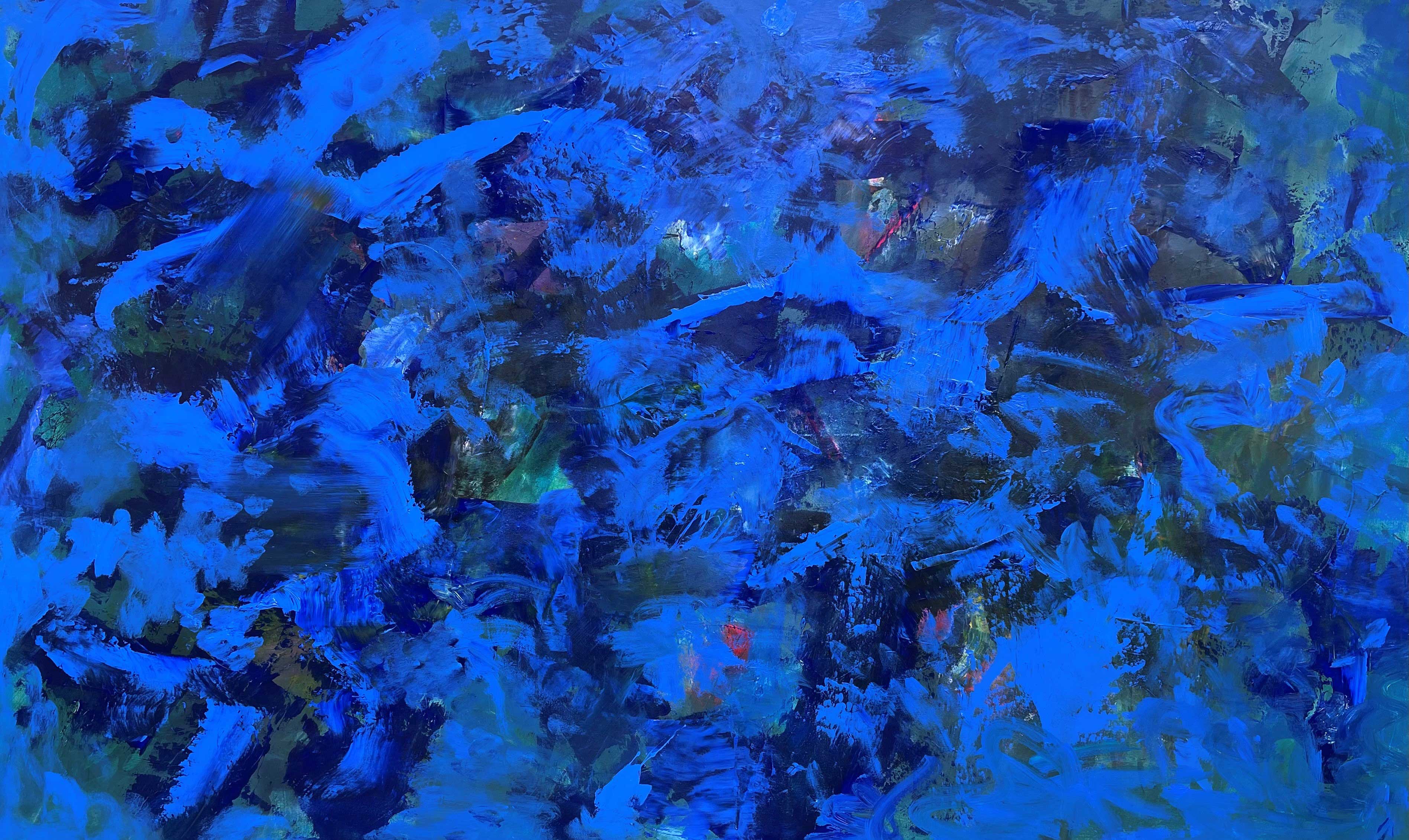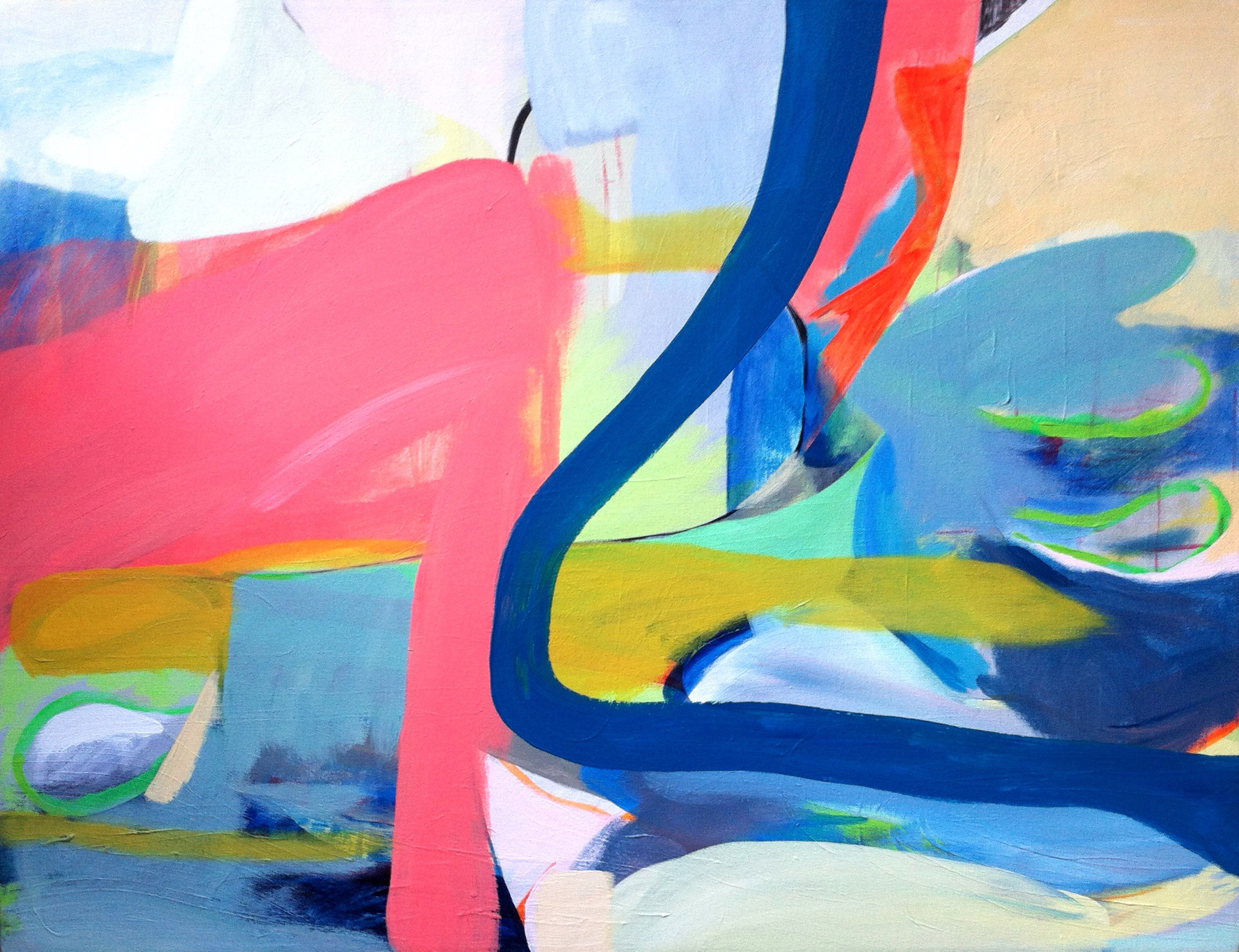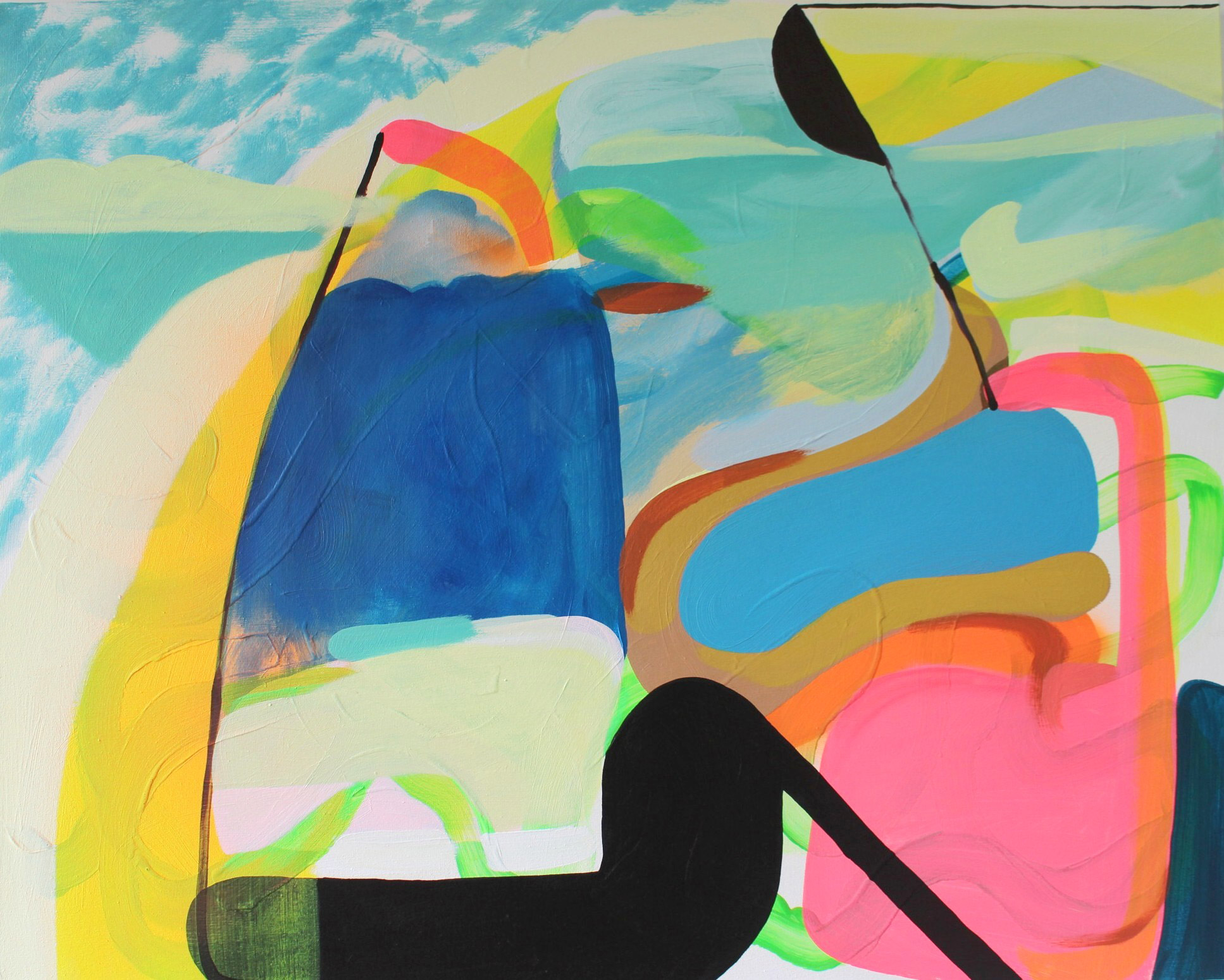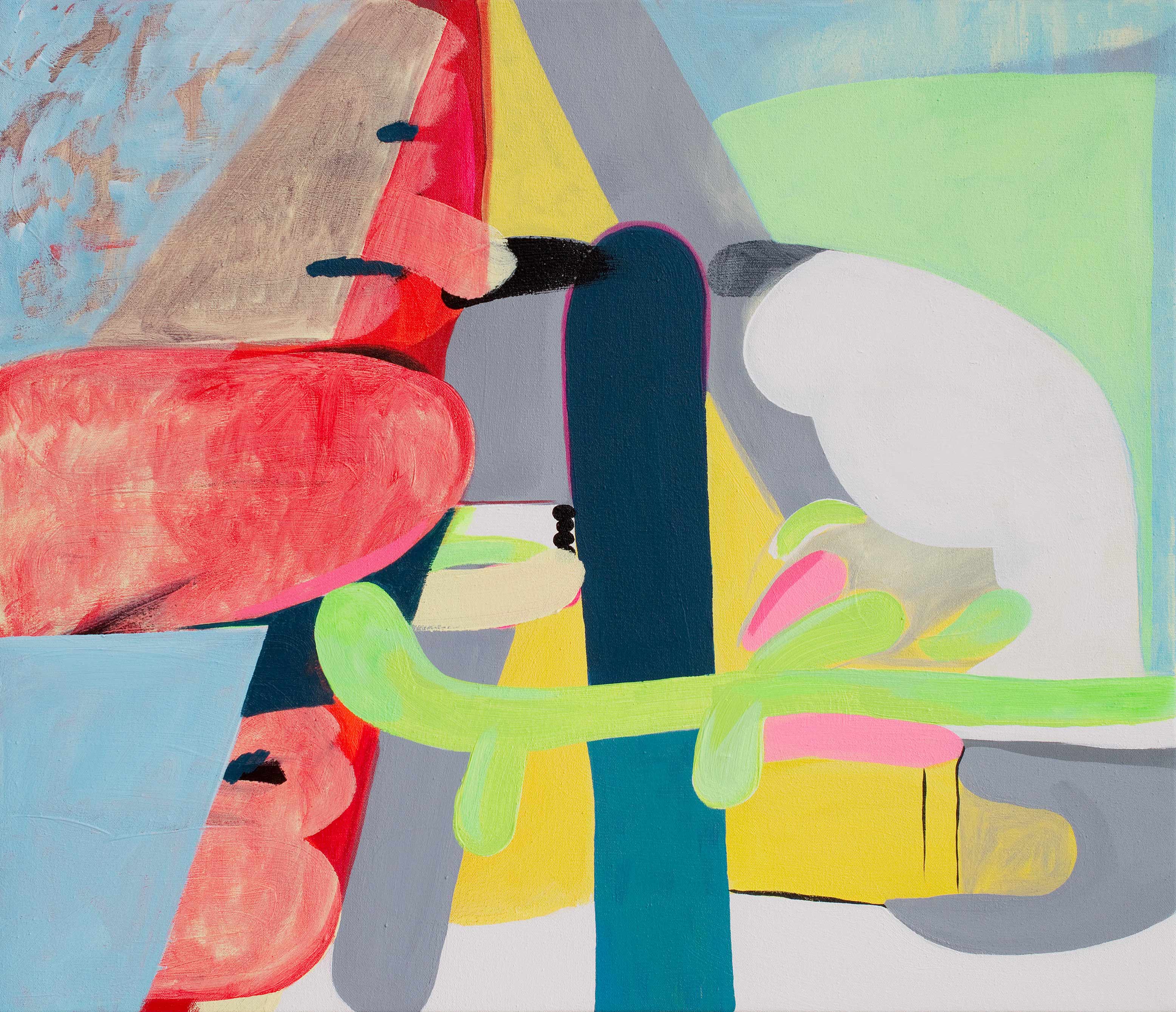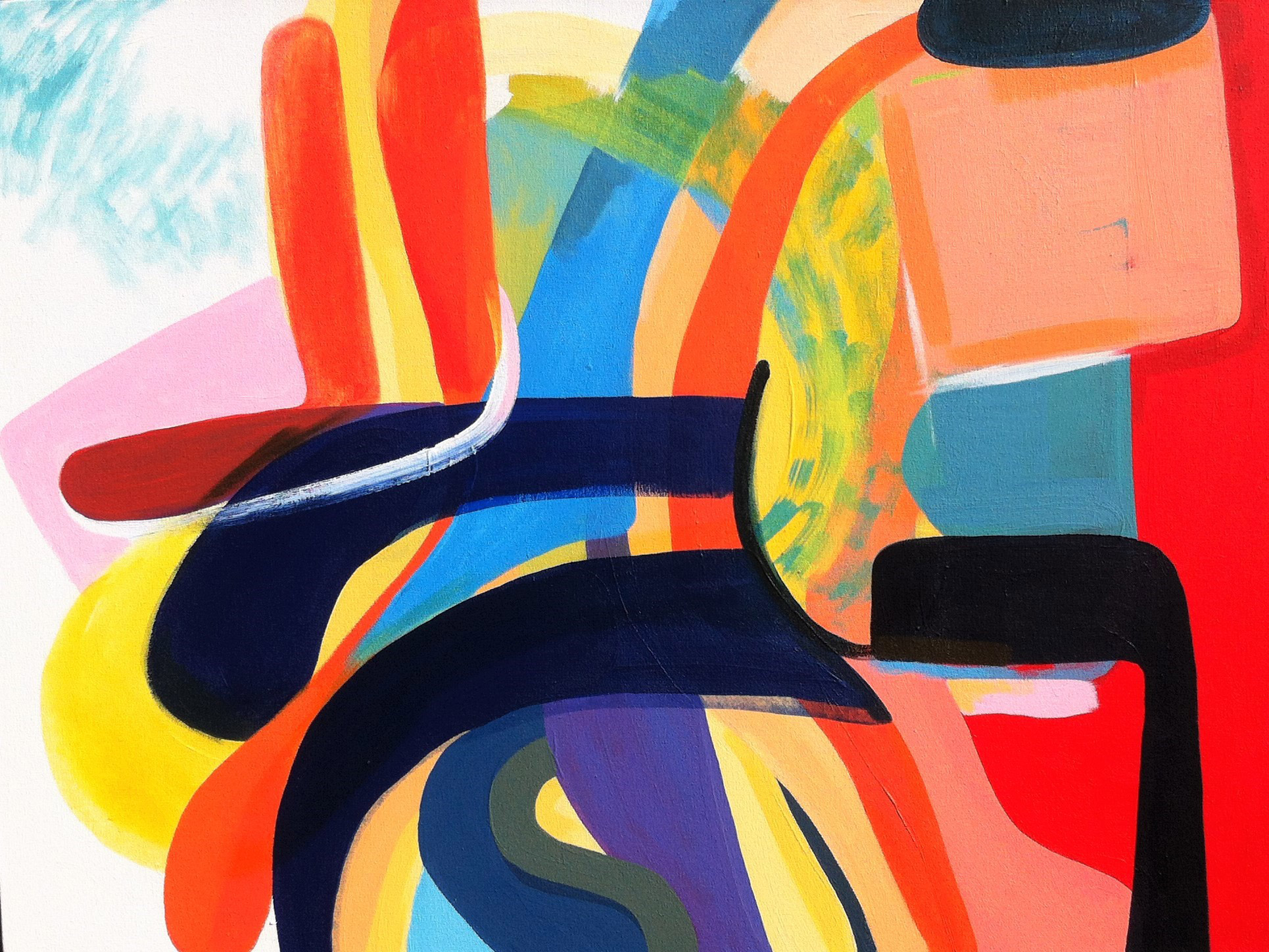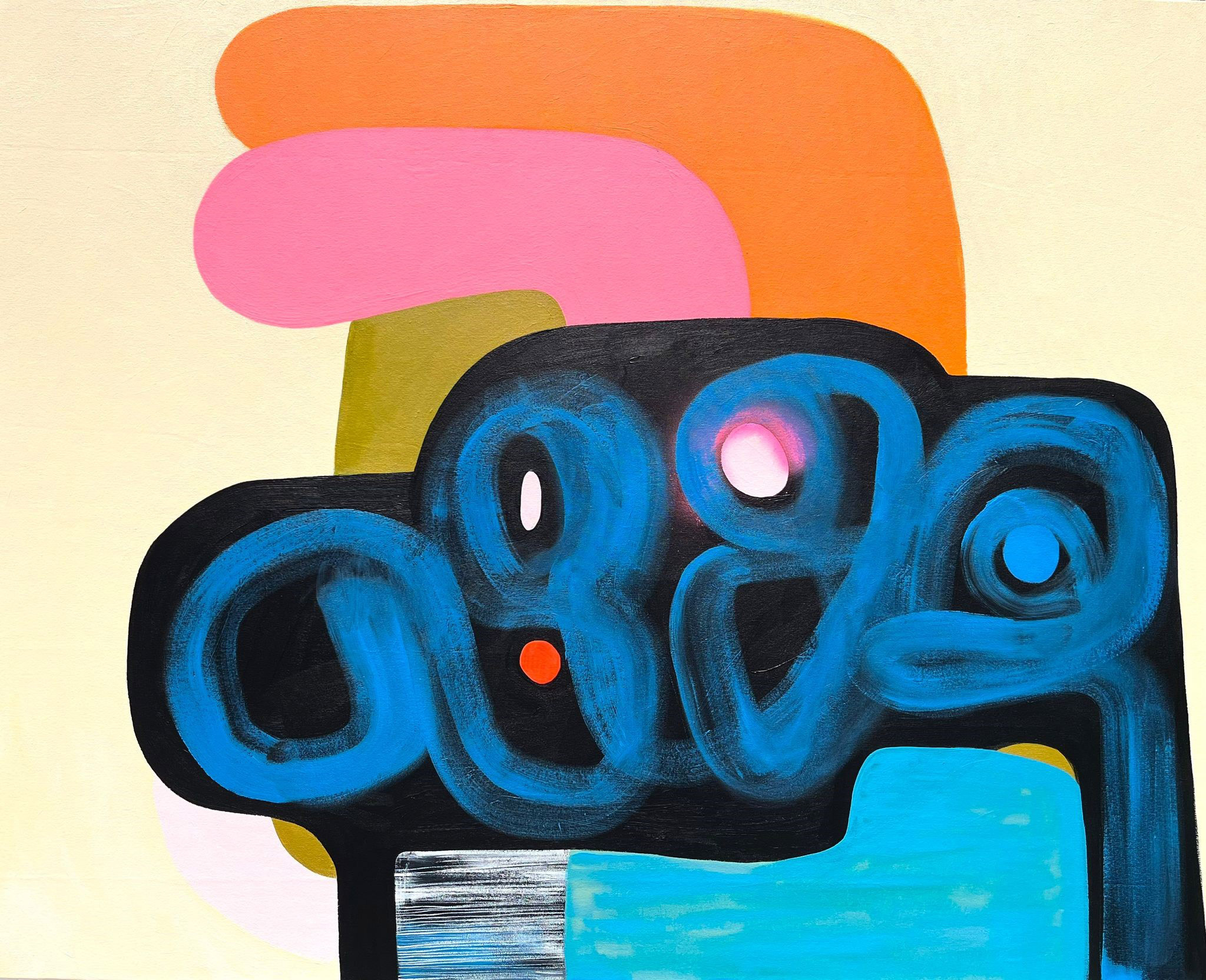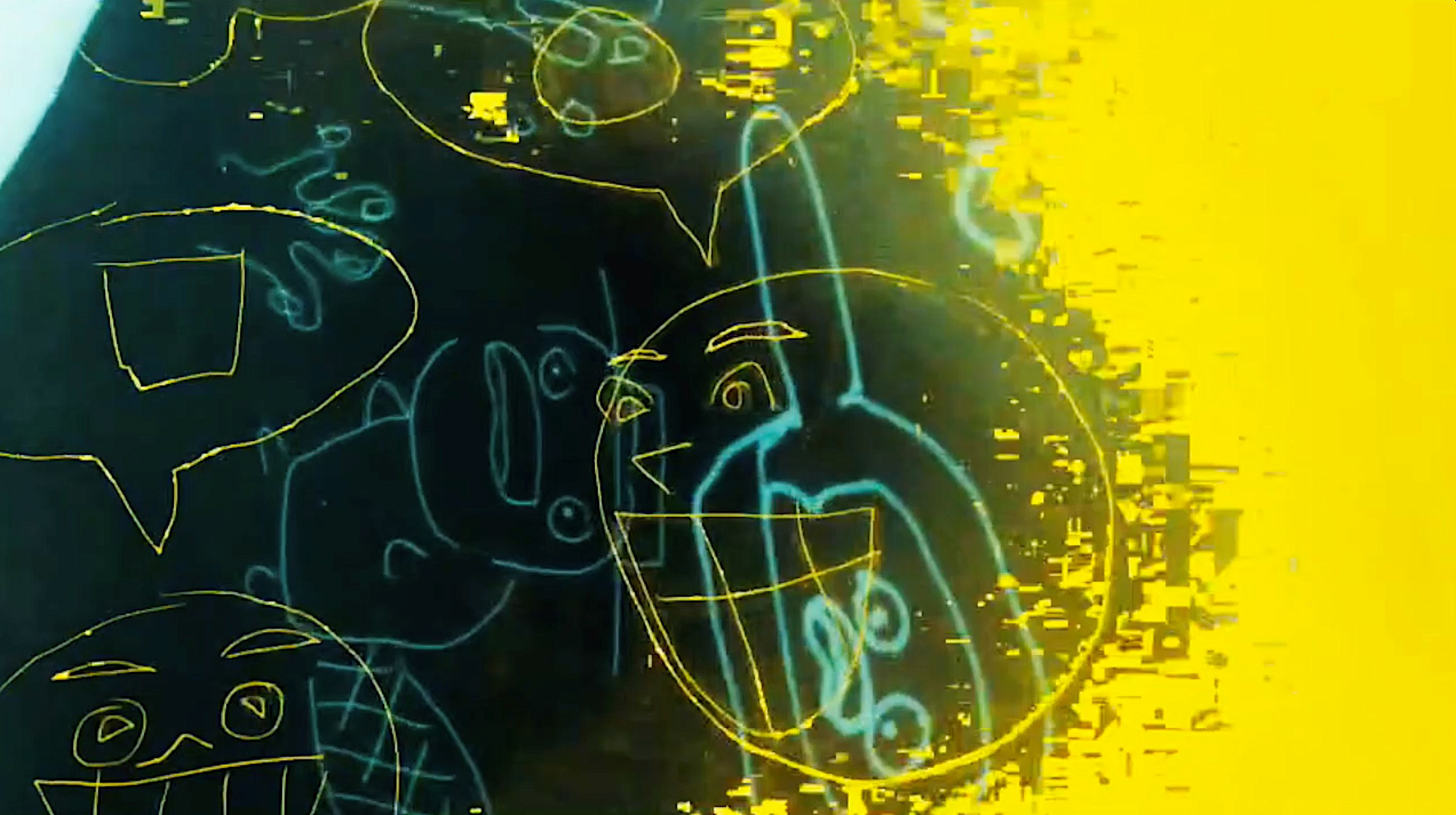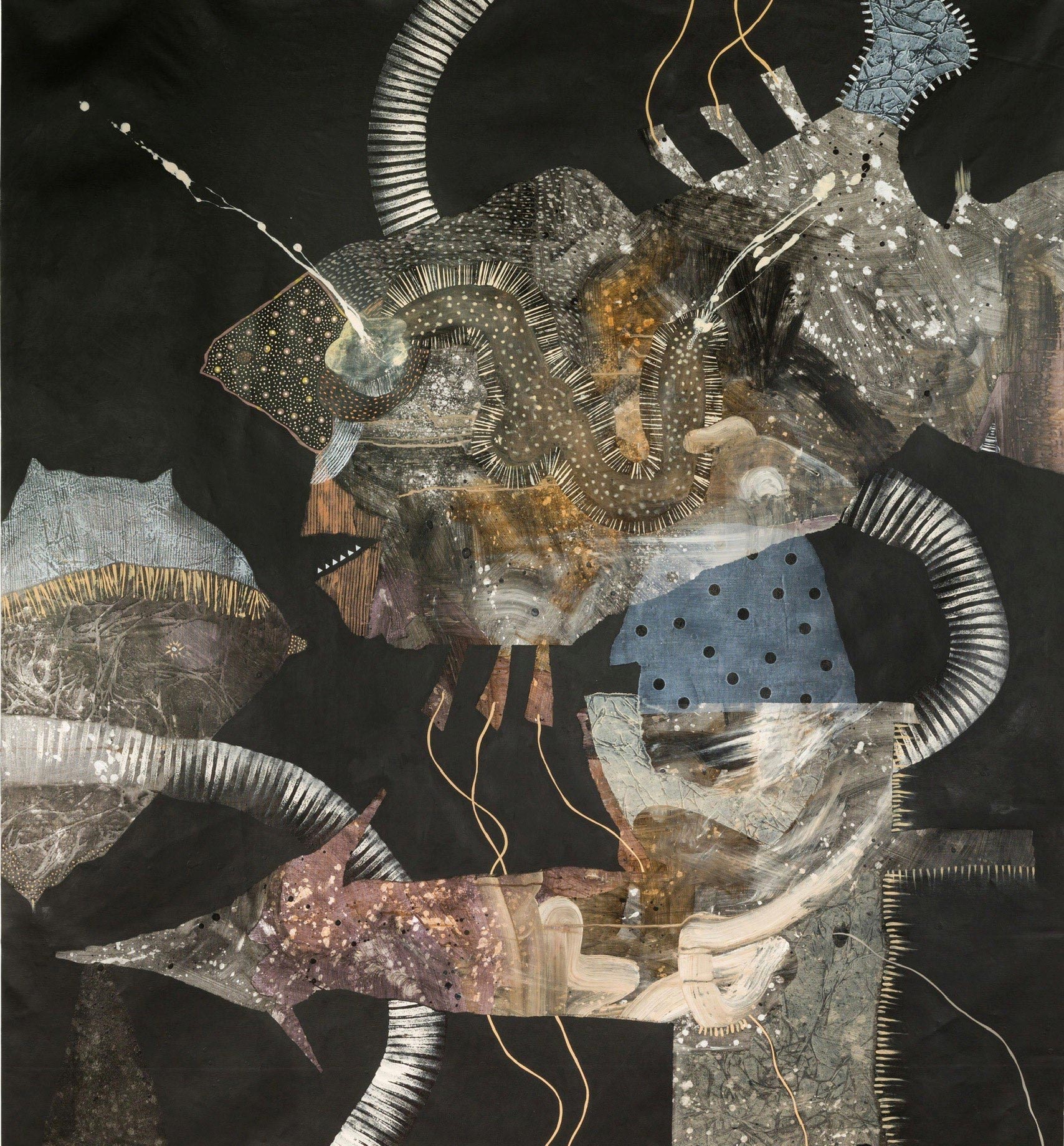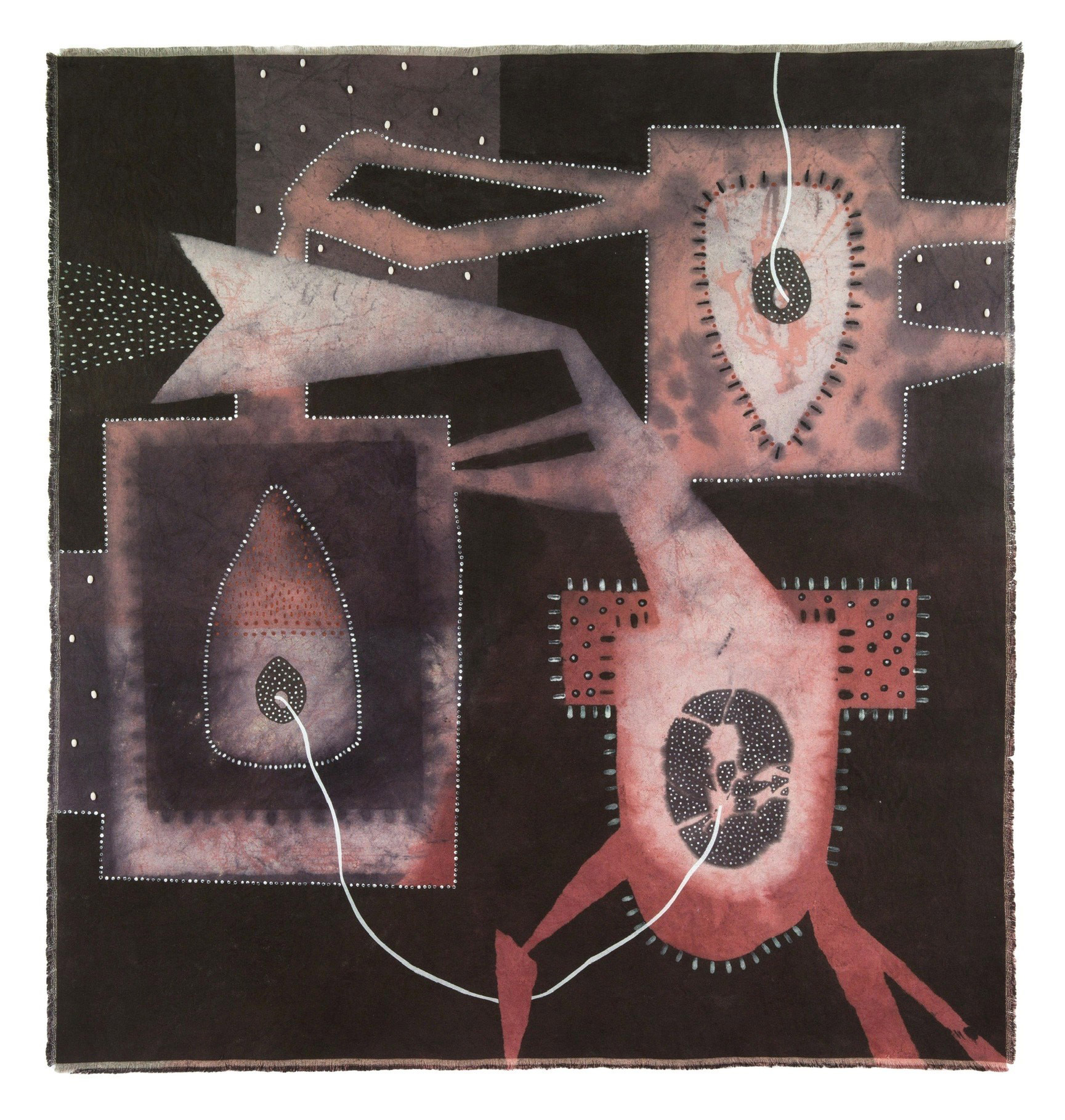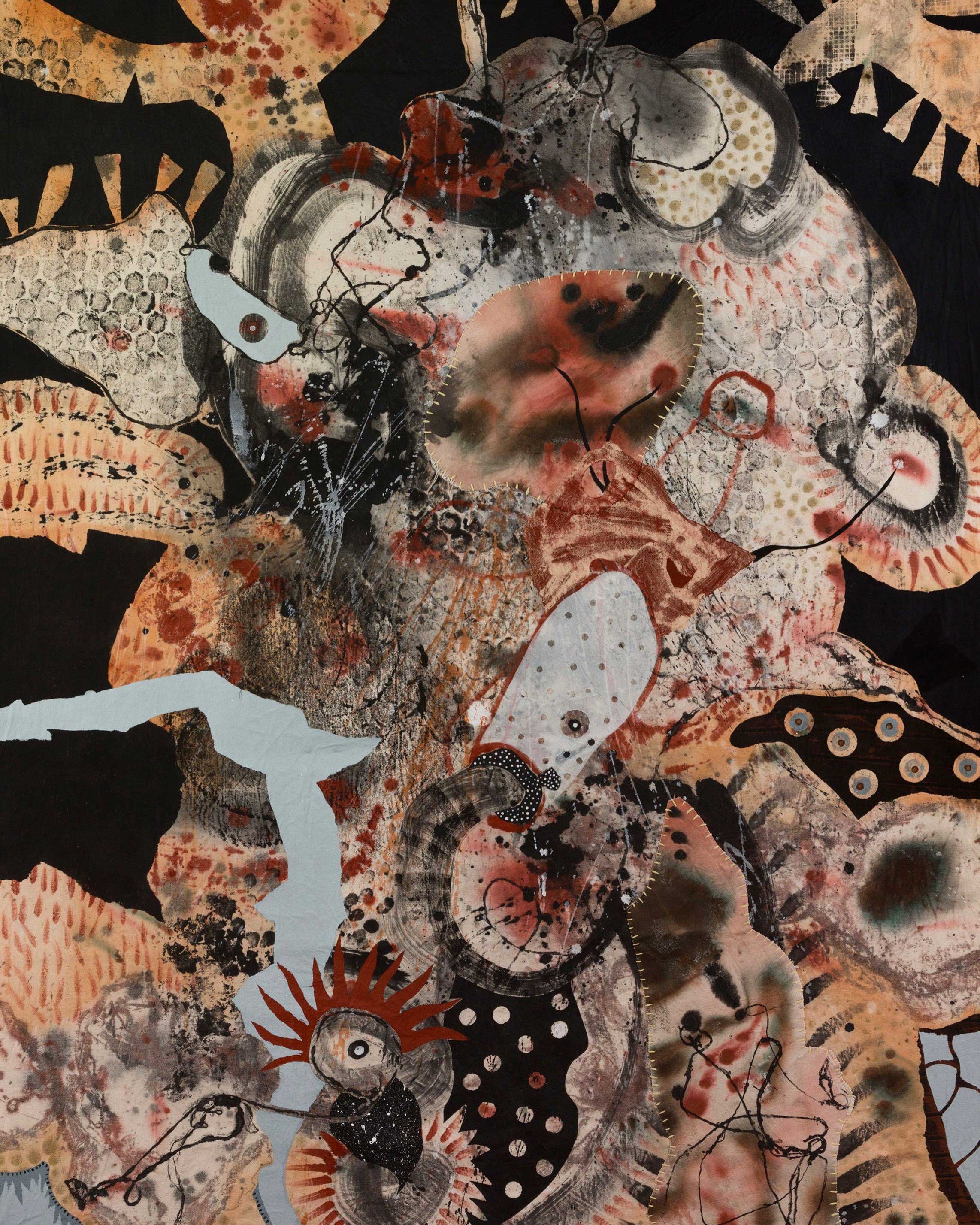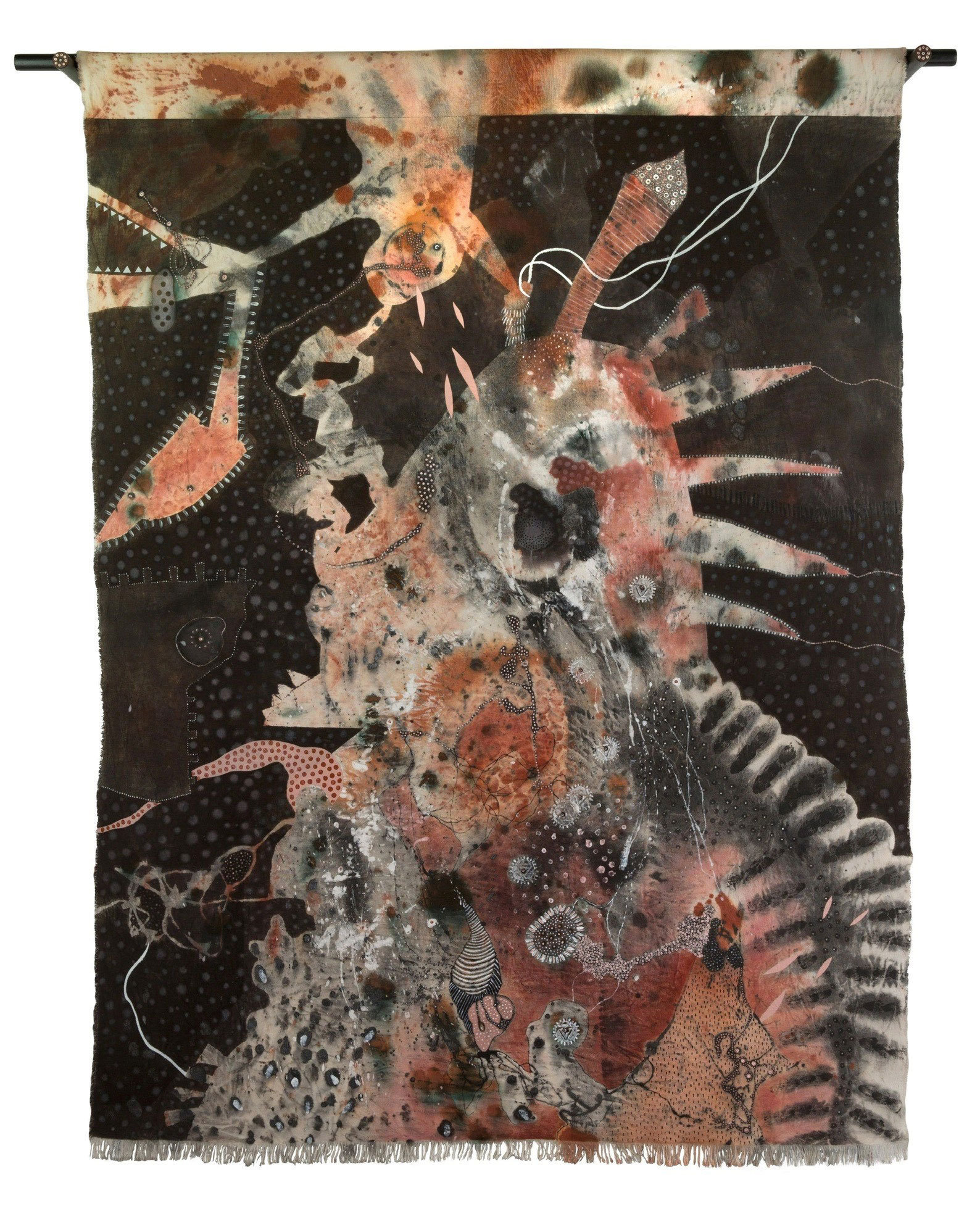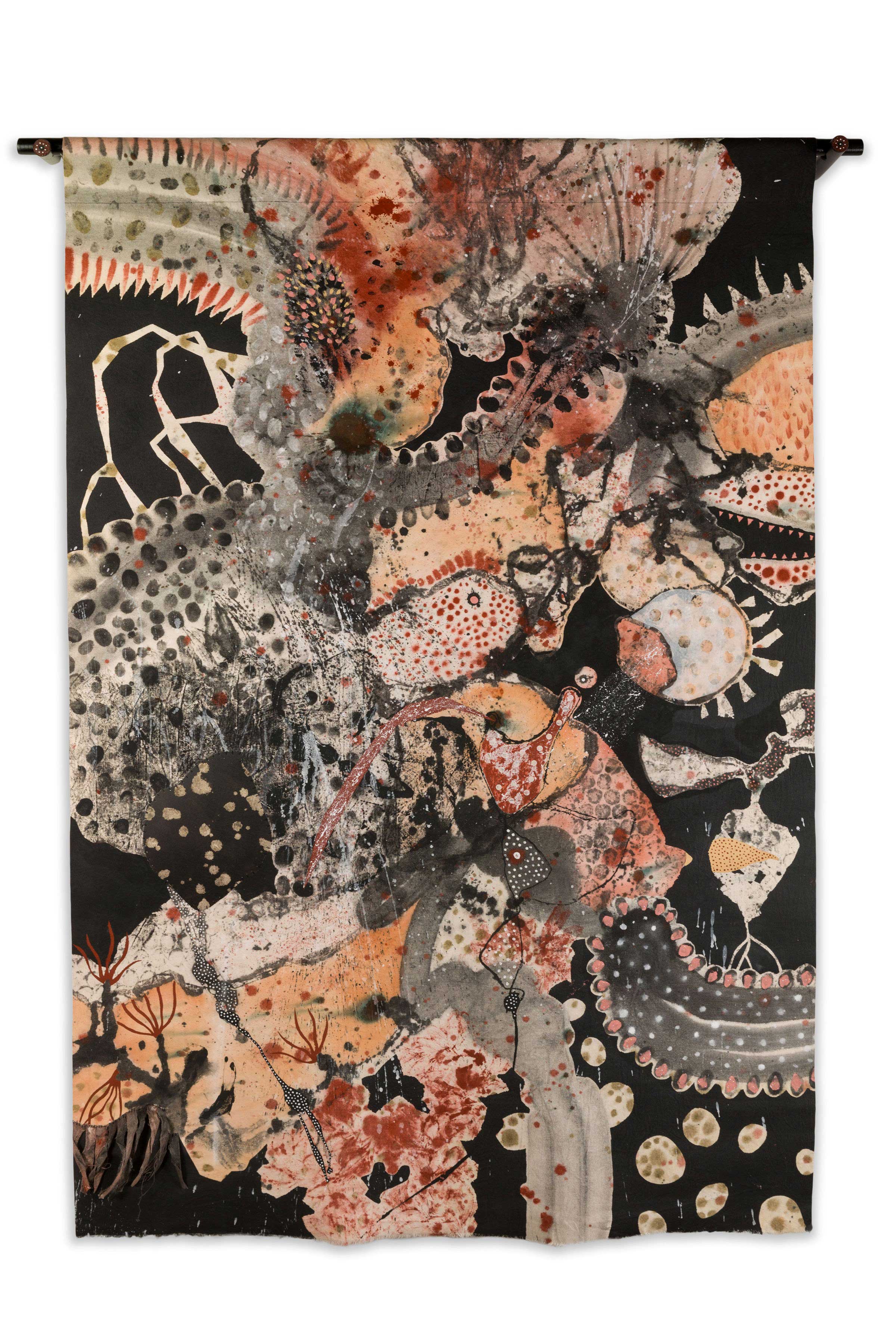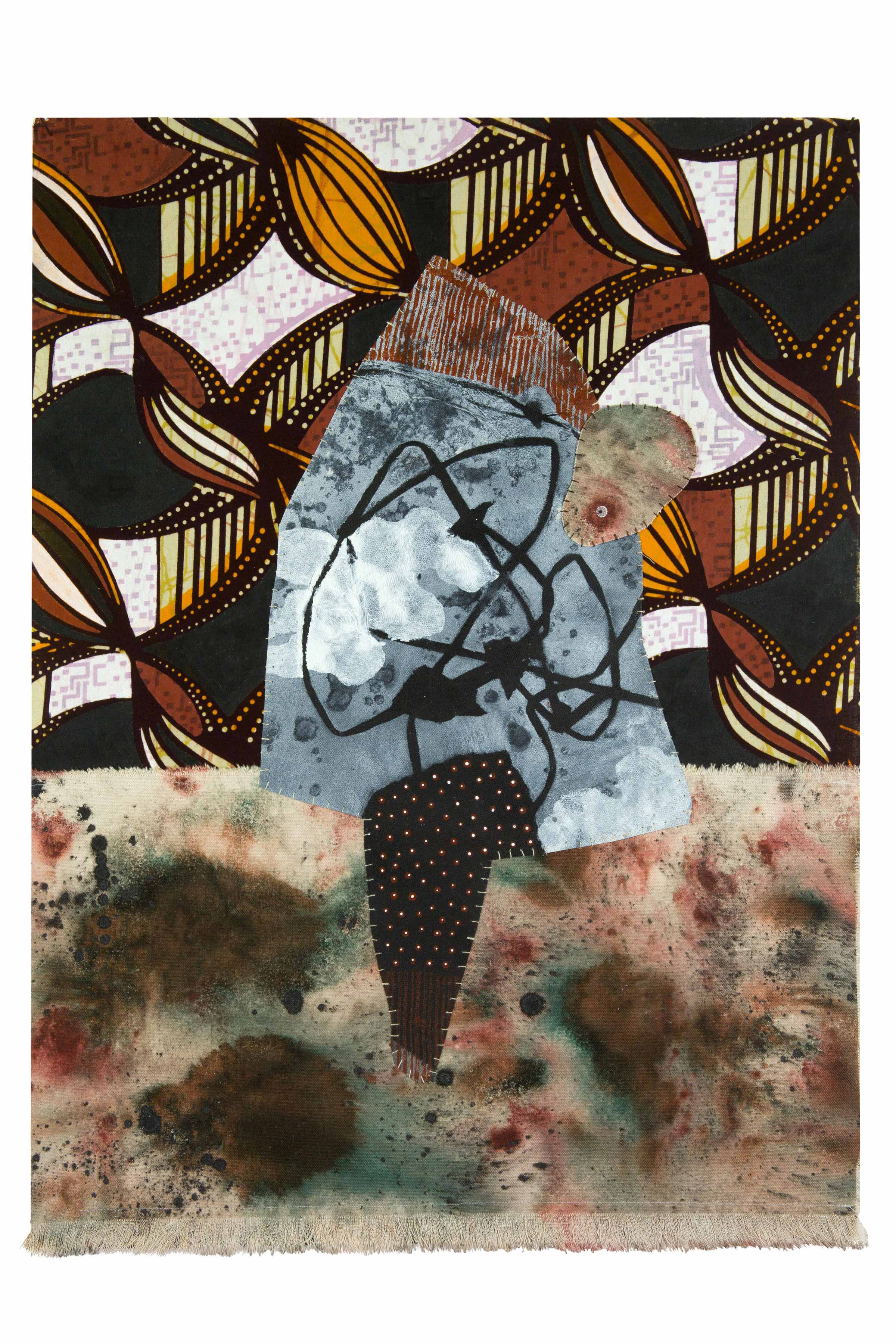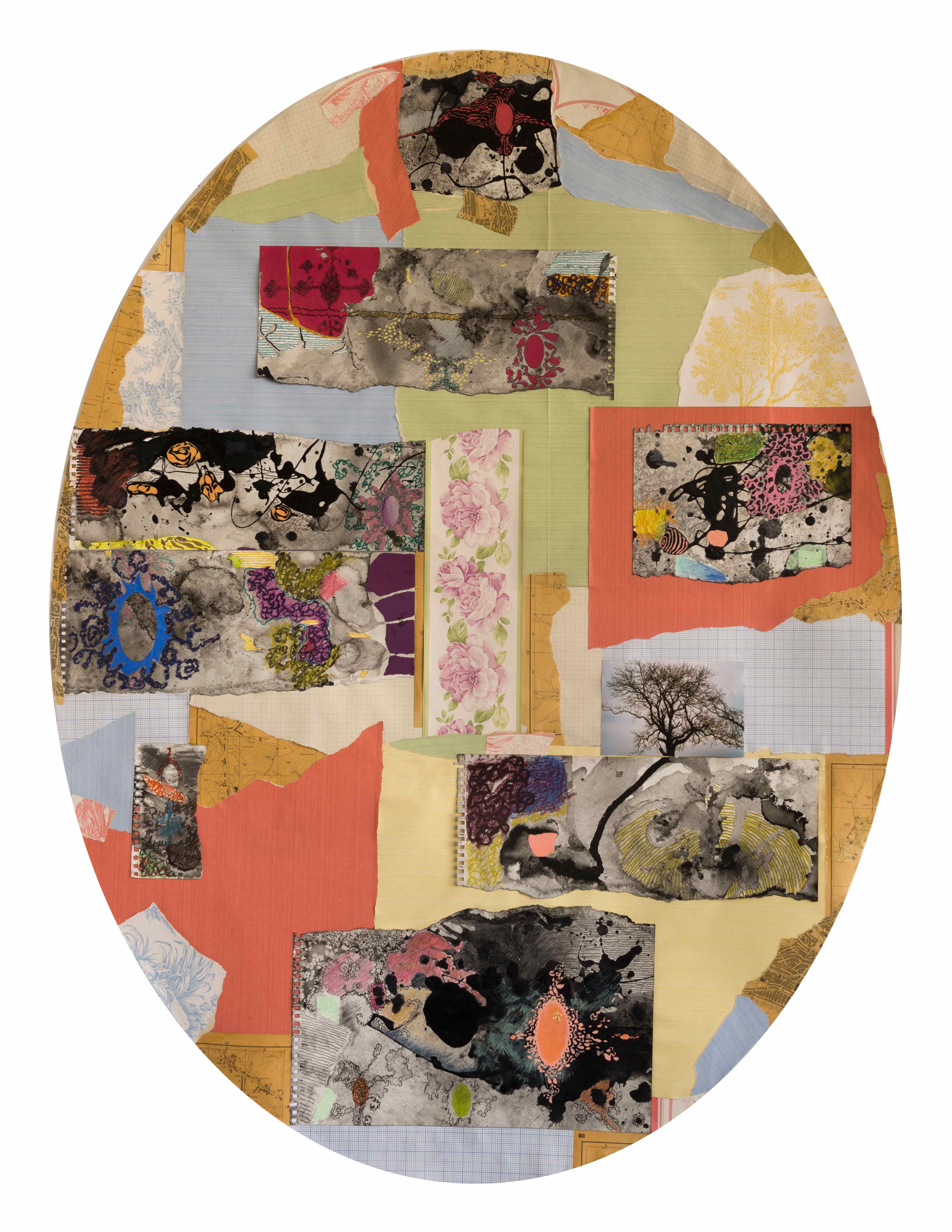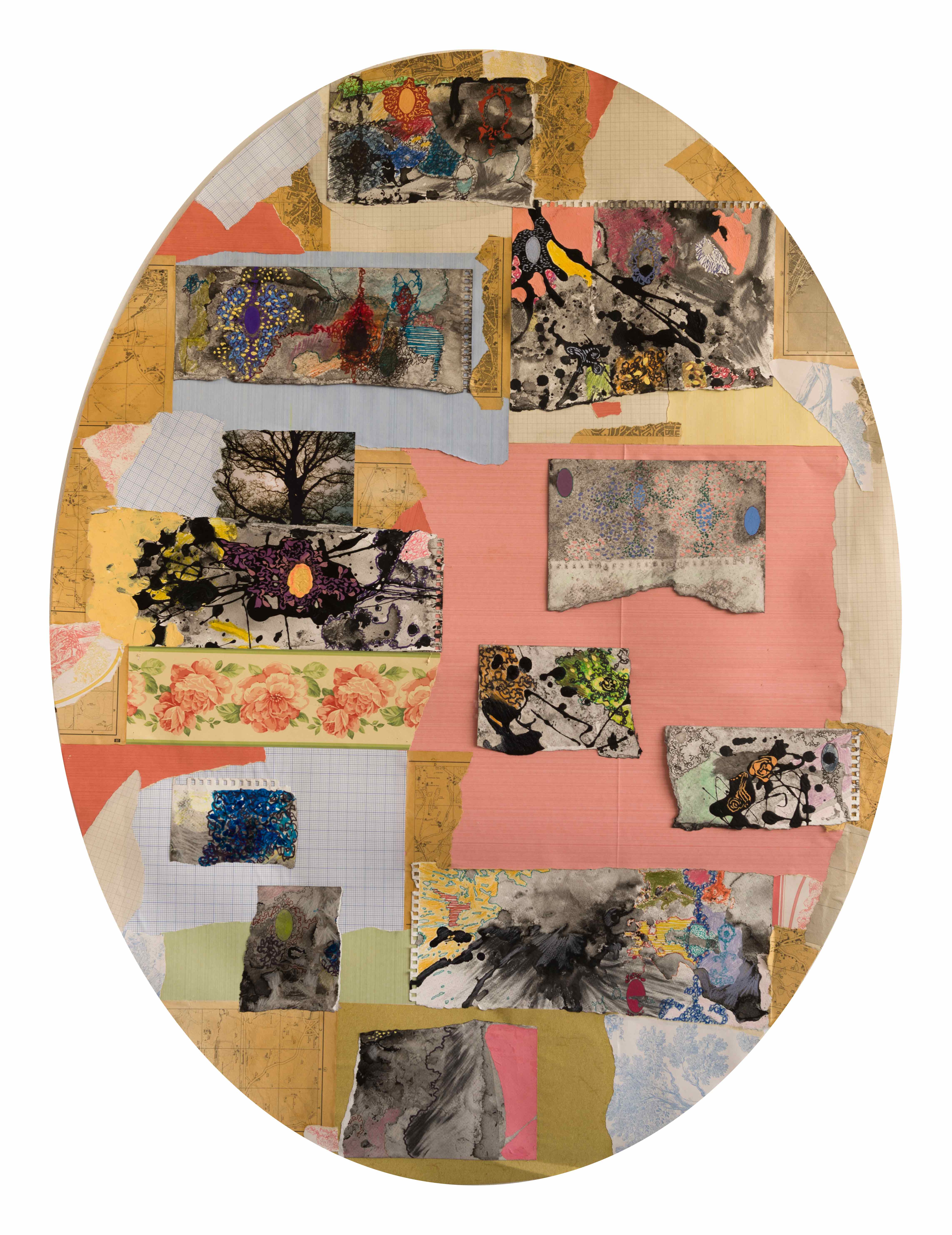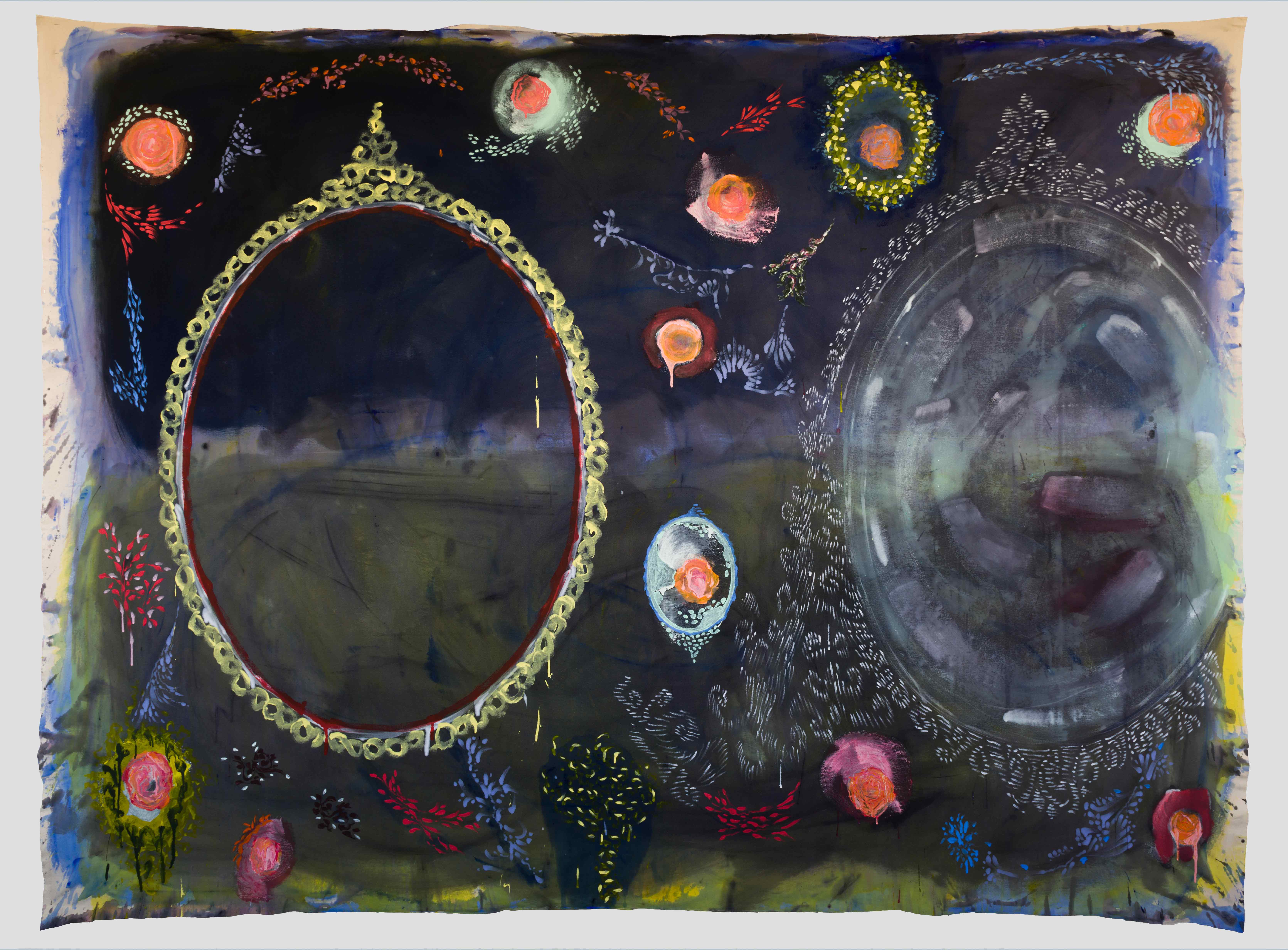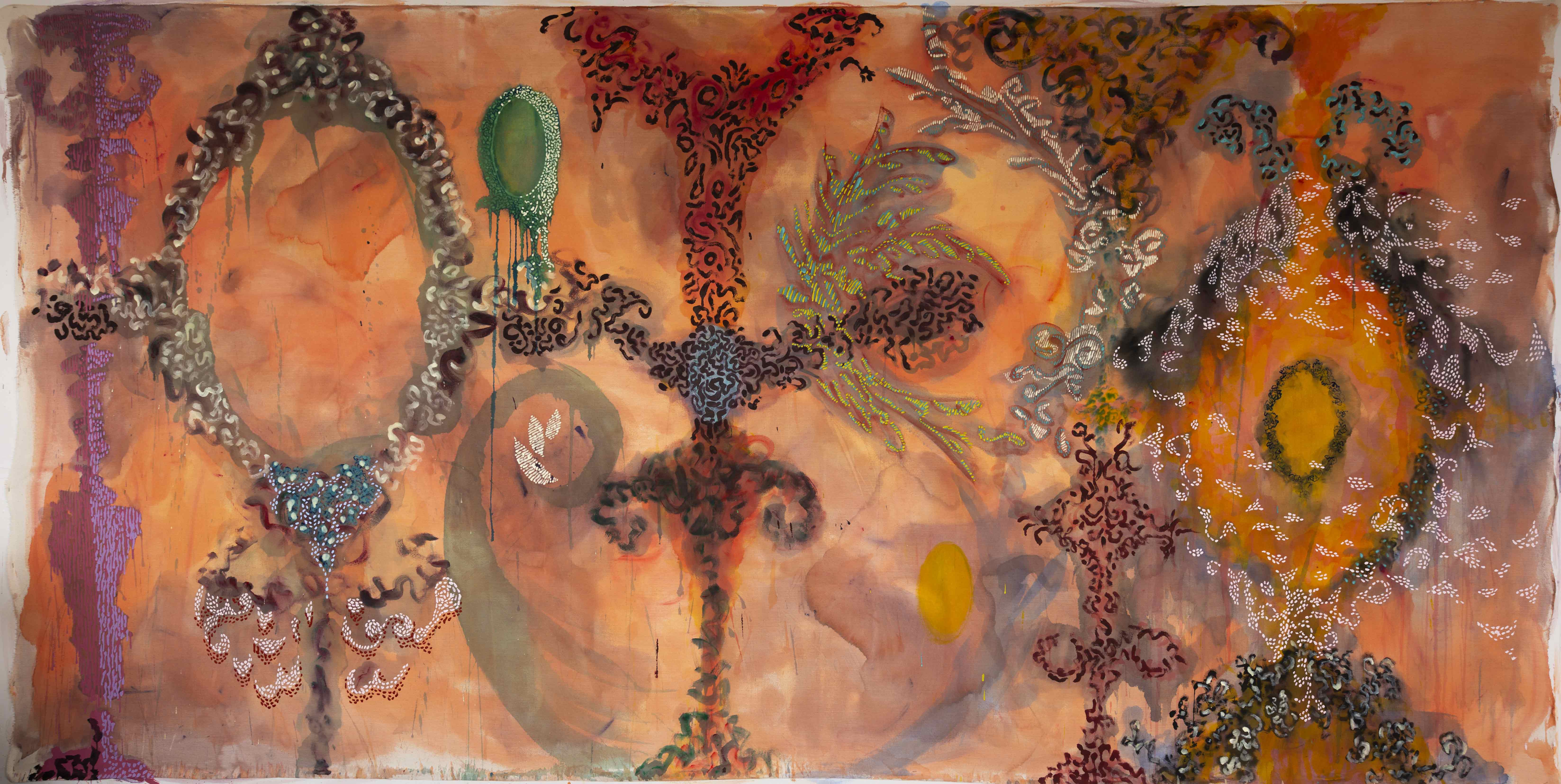Pride is an Abstraction
The idea of pride, the idea of community, and of unity are at their core abstract ideals that we strive to, if not achieve, at least make some progress towards. It is often two steps forward and one step back. Yet each day brings more negative news from across the globe and at home. Our own Equality Human Rights Commission (EHRC) has proposed the erasure of trans people from the 2010 Equality Act, and in America, well, America.
Rights are abstractions and who gets to define and allow them in law is a contested space, how do we imagine equality, what is a fair share for each minority, why is it that people are simply not respected for who they are or say they are? Language is abstract as are pronouns and names and if you can learn to call Alexander Boris de Pfeffel Johnson simply Boris (other names are available) or call Charles Windsor, King (nee Prince, though we all know there is only one true Prince) Charles then you have no excuse not using they for those who prefer that pronoun.
So this year as curator I have decided to focus on abstract or abstracted work for the 2023 Clifford Chance London Pride exhibition. Ian Rayer-Smith and Jane Dinmore work completely in an abstract vocabulary of colour, shape, size and brush stroke. Their works do not depict, they simply are - sounds like a familiar concept. There is pride in just being, in existing as an original, unique and true self. Abstract art works function similarly, they are there in your space, they are what they are, they do not have to be or mean anything other than themselves. You can like them, or part of them, or a large part of their makeup and still dislike certain bits, but it really has very little to do with you, or anyone else. The work is there, period. If you don’t like it, or understand it you can simply walk away, but don’t slash it, don’t attack it for not being a cat, or not depicting a dog, or replicating a family member. Abstract work will be the same no matter what you learn about it, even if you don’t like that knowledge, like all art work, it is independent of the viewer and it does not ask for permission to exist.
The conceptual artist Veronica Slater has made a series of abstracted painterly works based on Decorum & Dissent and while the marks can lean into figuration, the whole is abstract as a legal argument. Marc Standing creates complex, layered constructed paintings and wall hangings that at first appear as sole mixed abstract pattern but upon closer inspection reveal almost hidden areas of figure. Both their works have a foot in the figurative world but eschew easy mark making to create meaning, they fight to find hidden, more abstract worlds where things are what they are.
Lee Campbell on the other hand has asked others to make marks for his video work Dissonant Lines. He had small groups of students (8 or 9 at a time) draw images on the theme of collaboration but they all had to share one pen, which they had to all hold at once. He combined their many images into an abstract (non-narrative) video piece.
Queer art is many things at once, and while it can be recognisable depictions of our community, be they drawings, paintings or photographs, work by queer artists can, and is also very abstract. Like our diverse community, our artistic production is as varied as we are.
Dr Michael Petry
Artist, author and Director of the Museum of Contemporary Art (MOCA) London


